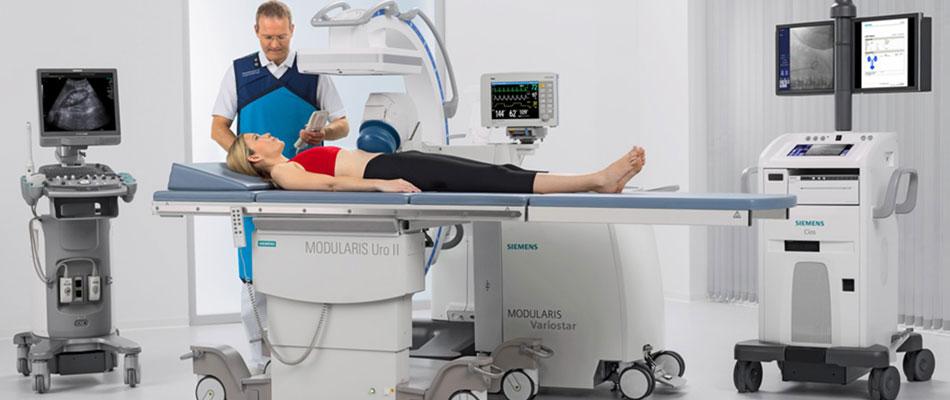


Lithotripsy is a lithotripsy technique that consists of removing fragments of stones (kidney or gallstones) by means of ultrasonic shock waves.
The ultrasonic "shock waves" are directed to the stone at a fixed point previously identified by pelvic or abdominal radiography, by renal ultrasound, or guided directly by radioscopy depending on the location of the stone. The mode of action of ultrasound is explained by the phenomenon of cavitation. It is the implosion of the vapour bubbles created by the ultrasound in the vicinity or within the calculi that is the cause of their destruction.
Because the fragmentation is carried out through the skin by an ultrasound generator (the lithotripter) located outside the body, surgical intervention is avoided, even if the procedure is performed in a surgical environment in the operating room. The production of the shock wave can be done by a piezoelectric crystal, by an electrohydraulic effect, or by an electromagnetic field.
Following this procedure, the fine debris obtained from the disintegration of the stone(s) is evacuated through natural channels: in the case of kidney stones, through the urine in a more or less painful way, resembling renal colic or, in the case of gallstones, through the digestive tract and the stool, the eventual pain then resembling hepatic colic.
A technique derived from the fragmentation of calcifications, radial shock wave treatment, is used in rheumatology in cases of tendonitis.